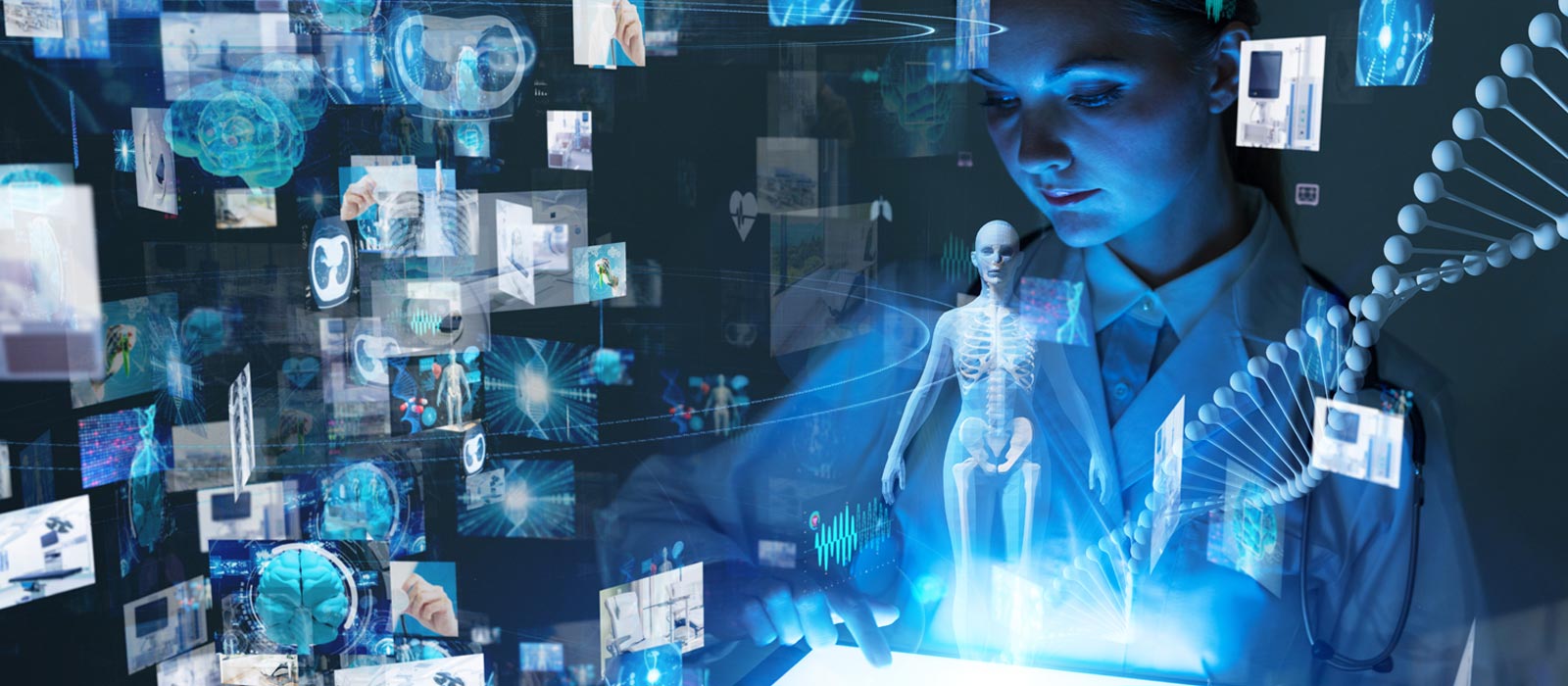
13 May Deep Learning Models in Medical Imaging and Healthcare Data
Computer vision with Deep Neural Networks have achieved superior performance in areas such as segmentation, image classification, object detection, pose estimation and activity recognition. With this rise in computer vision and the wider scope of deep learning, there has been increased attention in the application of these technologies within the healthcare segment.
Data Processing and Analysis
Healthcare providers capture huge amounts of data that contain extremely valuable signals and information. Deep Neural Networks seem to be an appropriate processor to model this complex and high dimensional data.
Healthcare services supported by deep learning capabilities cover a broad range of applications, including the following:
- Prediction of medical emergencies (seizures, cardiac arrests, strokes, etc.)
- Computer aided symptom diagnosis
- Clinical decision-making
- Survival analysis
- Drug discovery
- Therapy selection
- Health record analysis
Recent attempts in this field also include automatic COVID-19 detection through deep networks from 3D CT scans.
Although the use of deep learning within the healthcare segment is still in the early stages of development, there are strong development initiatives ongoing across academia and large healthcare companies. Google Brain and DeepMind are prime examples of such initiatives.
Medical Data Types and Representation
Medical data consists of electronic health records and images. Medical imaging has evolved to complex tomographic (i.e., cross-sectional) images, such as ultrasound (US), CT, tomosynthesis, positron emission tomography, magnetic resonance imaging (MRI), etc. These images are often three or four-dimensional in nature.
The architectures of Deep Convolutional Networks are biologically inspired and usually have multiple feature maps, which are basically 3D tensors. These tensor-like structures allow for the composition of complex shapes and features that provide the decoding of raw images without the need to detect specific features. Thus, biologically inspired convolutional structure of deep neural networks is the best architecture to represent the case of medical images.

Deep Model Applications for Disease Detection
Deep models are used for various brain, kidney, prostate, and spine related disease detection. These applications would include the following:
Brain: Various 3D CNNs and transfer learnings are being used as a tool for skull stripping, classification of brain function and structure, identifying MRI contrast and multiple sclerosis diagnosis. Deep learning is also being used for segmentation of brain tumors, determining brain age, diagnosing Alzheimer’s disease, vascular lesion detection, brain contrast analysis, and more.
Kidney: CNNs improve abdominal organ segmentation. For fully automated segmentation of polycystic kidneys, multi-observer deep neural networks are being used. Non-negative constrained autoencoders are being used to distinguish between rejected and non-rejected renal transplants.
Prostate: End to end prostate image segmentation and cancer detection applications are being evolved in this area using MRI and deep CNN, PCA (Principal component analysis), parallel CNN and SVM (Support Vector Machines) to attack those problems and to develop treatments.
Spine: For spine related diseases, detection and labeling of vertebrae in MR images with clinical annotations as training data, detection of spondylitis vs tuberculosis, and detection of spinal metastasis are the primary applications. DMML-Net (Data Mining and Machine Learning), Siamese neural networks and special deep networks are being employed in this area.
Use of Deep Learning in medical imaging and healthcare directly impacts human lives. While application of machine learning can complement physicians in detection of diseases, it can also reduce the possibility of human error which is the third-leading cause of death in the US. With the increasing implementation of machine learning to solve complex problems, and to increase automation, it is easy to understand why deep learning technologies is estimated to be a billion-dollar market within the healthcare segment by 2023.

